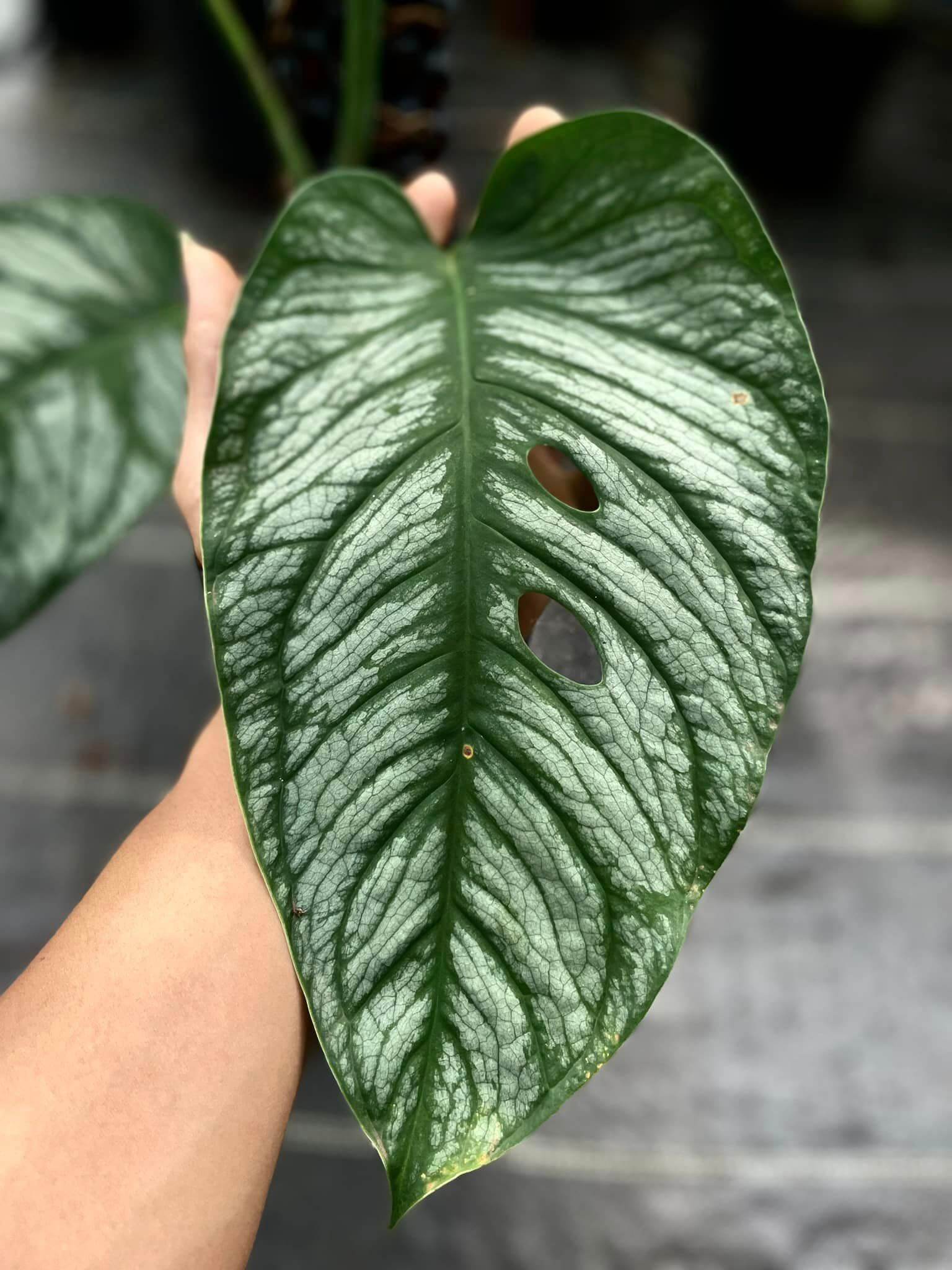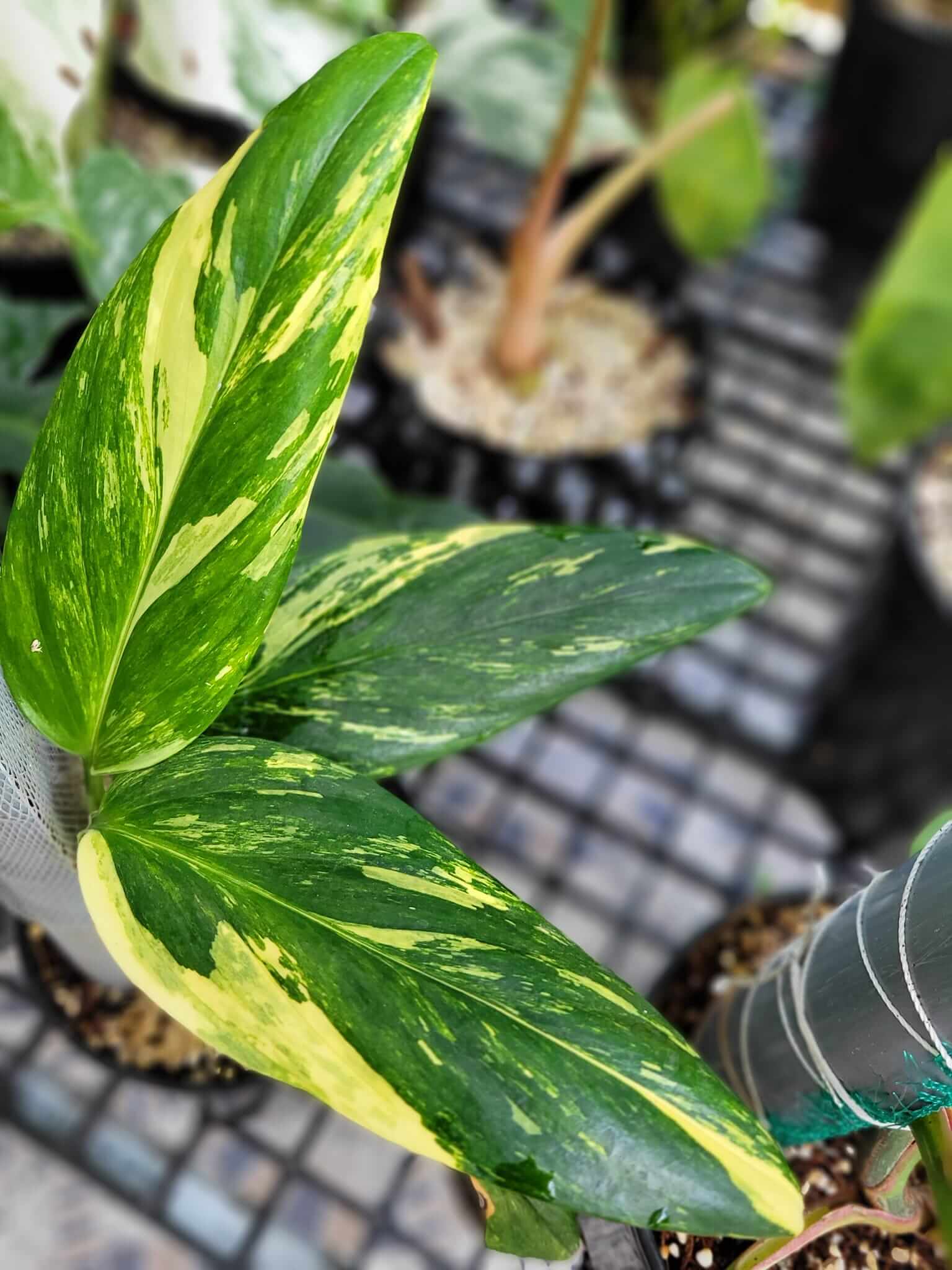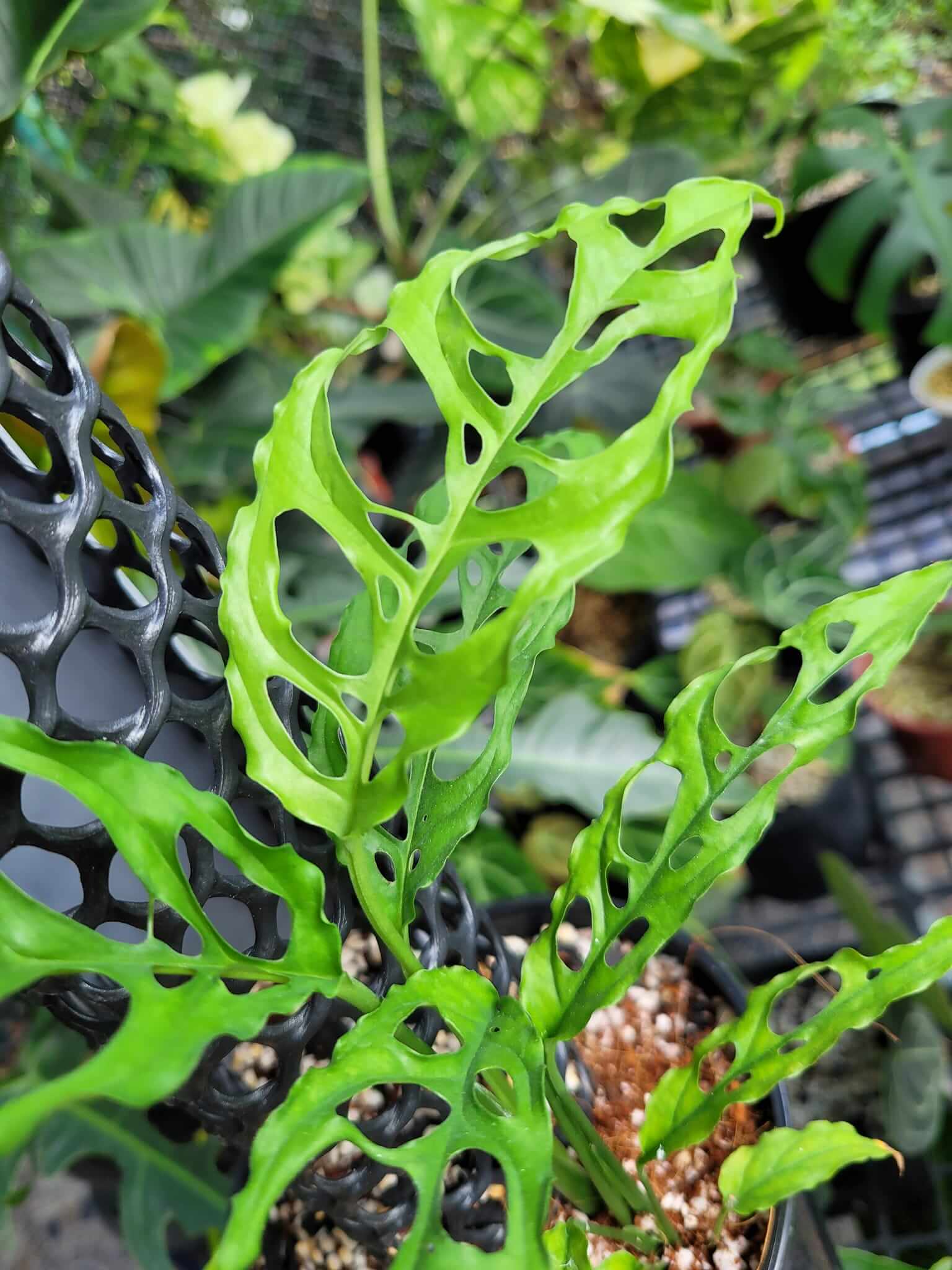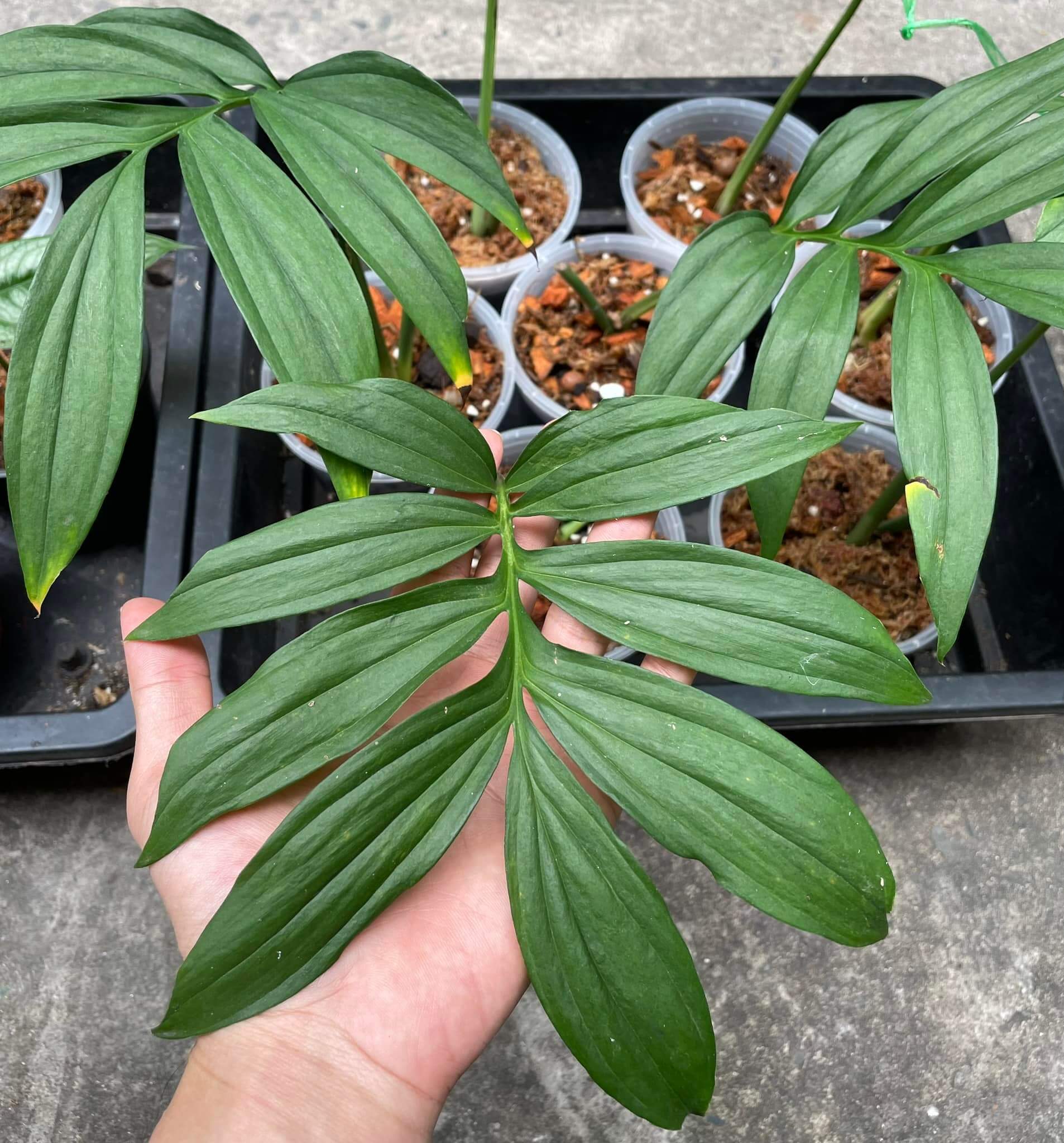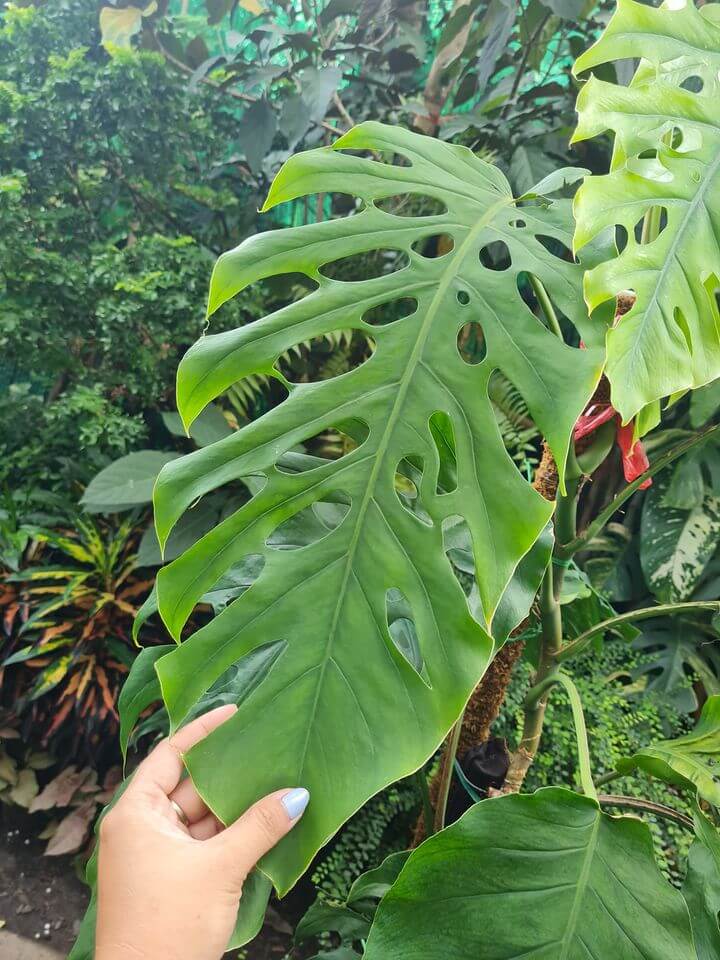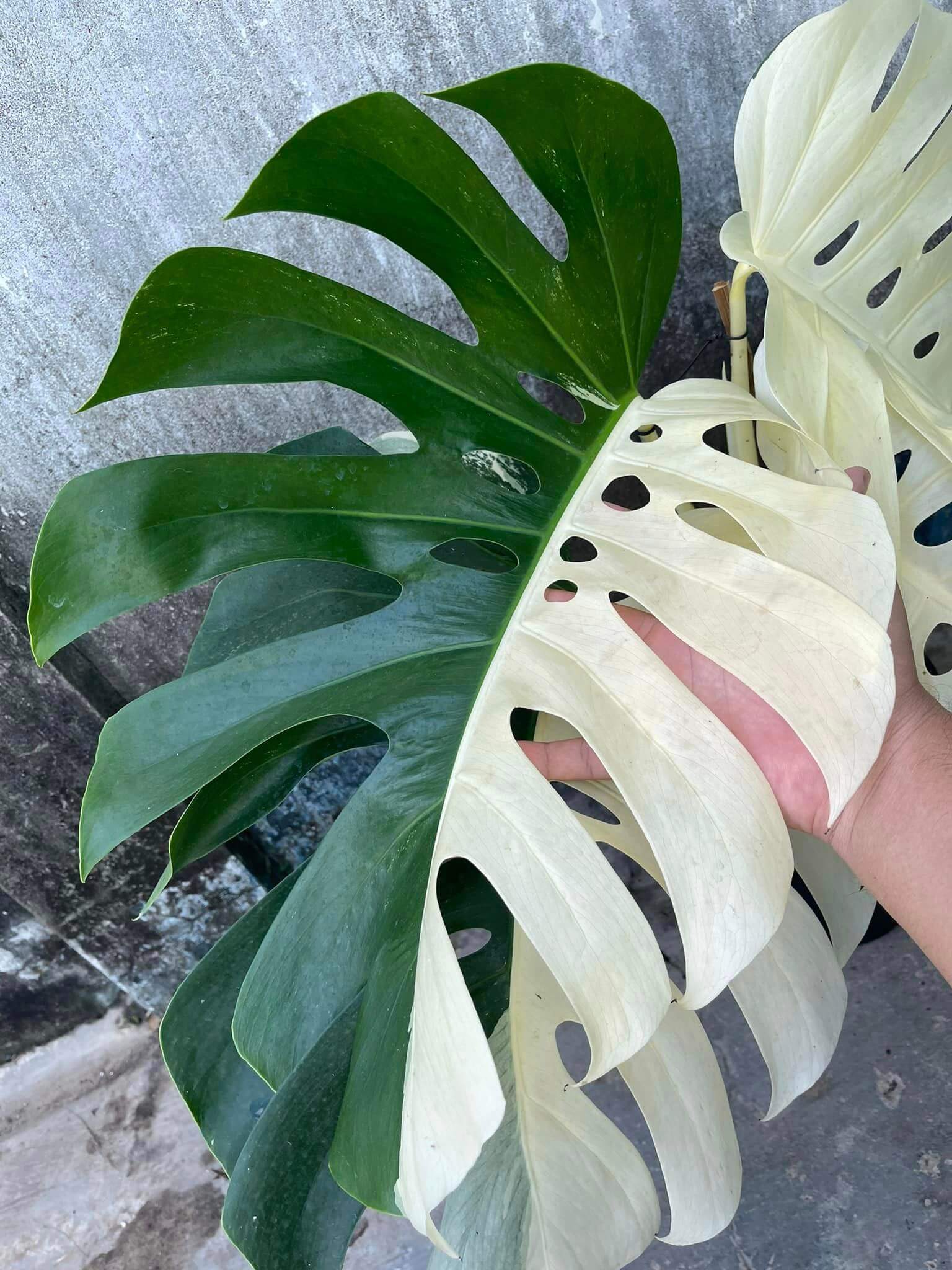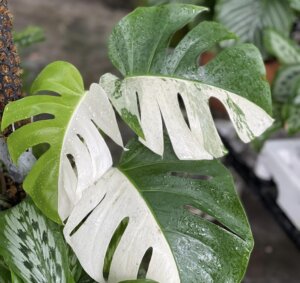
Monstera, commonly known as the Swiss Cheese Plant, has become a beloved staple in homes around the world. With its distinctive split leaves and robust growth, it’s no wonder plant enthusiasts and beginners alike are drawn to this tropical beauty.
But what if you could accelerate its growth and simplify its care? Enter the world of semi-hydroponics, an innovative method that’s gaining popularity among indoor gardeners.
In this guide, we’ll dive into how you can grow your Monstera using semi-hydroponic systems like LECA (Lightweight Expanded Clay Aggregate) and Pon, ensuring a fast, healthy, and hassle-free growth journey.
All Monstera Care Guides
Understanding Semi-Hydroponics

What is Semi-Hydroponics?
Semi-hydroponics is a method of plant cultivation that eliminates traditional soil, instead using an inert and sterile growing medium. This technique allows plants to access water and nutrients more efficiently, leading to faster growth and fewer issues like pests and diseases.
It’s an ideal method for houseplants, especially for varieties like Monstera that thrive in consistent moisture conditions.
Soil vs. Semi-Hydroponics
Traditional soil-based growing has its perks, but it also comes with challenges such as inconsistent moisture levels, pests, and the risk of root rot.
Semi-hydroponics addresses these issues by providing a more controlled environment.
The growing medium in semi-hydroponics offers superior aeration and consistent moisture, reducing the risk of common soil-related problems.
LECA and Pon: The Building Blocks of Semi-Hydroponics
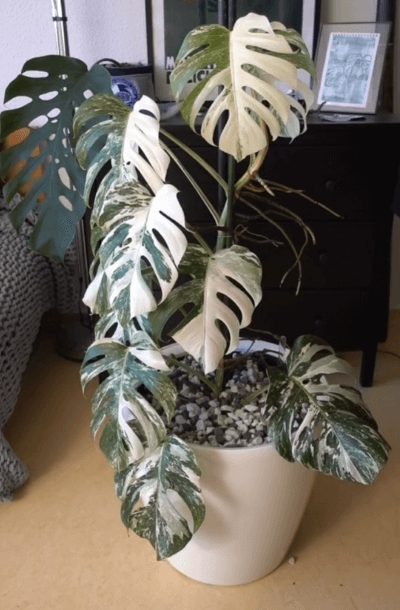
LECA, or Lightweight Expanded Clay Aggregate, consists of small, round clay balls that are baked at high temperatures to become lightweight and porous.
Similarly, Pon, a blend of inorganic materials, offers excellent water retention and drainage properties. Both mediums are reusable, environmentally friendly, and perfect for supporting Monstera’s root system, allowing for better air and water flow compared to traditional soil.
Getting Started with Your Monstera Plant
Choosing the Right Monstera Variety
While Monstera Deliciosa is the most common, there are several other varieties like Monstera Adansonii (Swiss Cheese Vine) or Monstera Siltepecana. Each variety has its unique charm and requirements.
However, most Monsteras will thrive in a semi-hydroponic setup, making them an excellent choice for this method.
Necessary Materials and Setup
To start your semi-hydroponic journey, you’ll need:
- A Monstera plant (either a new plant or one you’re transitioning from soil).
- LECA or Pon as your chosen medium.
- A container with a water reservoir (self-watering pots or any container that can be modified for water retention and drainage).
- Hydroponic nutrient solution suitable for houseplants.
- Clean water (preferably distilled or rainwater).
Setting up is straightforward:
- Prepare the Container: Ensure it has enough space for the roots to grow and a reservoir at the bottom for water.
- Rinse the LECA or Pon: This removes any dust and debris.
- Fill the Container: Place your medium in the container, leaving enough room for the plant.
Transitioning Monstera from Soil to Semi-Hydroponics
Transitioning your Monstera from soil to a semi-hydroponic system is a delicate process but can be highly rewarding:
- Gently Remove Soil: Carefully remove your Monstera from its soil pot, gently shaking off excess soil from the roots.
- Rinse the Roots: Rinse the roots under lukewarm water to remove remaining soil. Be gentle to avoid damaging the roots.
- Place in the New Medium: Position your plant in the container, ensuring the roots are spread out and surrounded by the medium.
- Watering: Initially, keep the water level high enough to reach the roots until new hydroponic roots develop.
Read more: Transitioning from Soil to Semi-Hydroponics

Maintaining Your Semi-Hydroponic Monstera
Watering Requirements and Techniques
One of the perks of semi-hydroponics is the reduced frequency of watering. Monitor the water reservoir and refill as needed, ensuring the water level doesn’t go below a point where the roots can’t access it (it’s fine if you have a wick available).
Use a nutrient solution mixed with water, following the manufacturer’s recommendations.
Nutrient Management
Nutrients are crucial in a soilless setup. Use a balanced, water-soluble fertilizer formulated for hydroponics.
Regularly check the pH of your water and adjust as necessary to ensure optimal nutrient uptake.
Light and Temperature Considerations
Monsteras prefer bright, indirect light. Place them near a window where they can receive ample light but avoid direct sunlight, which can scorch their leaves.
Maintain a consistent temperature, preferably between 65-85°F (18-29°C), for ideal growth.
Troubleshooting Common Issues
Growing Monstera in semi-hydroponics can sometimes present challenges, especially for beginners. Here are some common issues and how to address them:
- Root Rot: This can occur if the water level is too high for prolonged periods. Ensure proper aeration by maintaining an appropriate water level and consider adding hydrogen peroxide to the water to boost oxygen levels.
- Nutrient Deficiencies: Yellowing leaves may indicate a lack of nutrients. Regularly replenish your nutrient solution and adjust the pH when necessary.
- Pest Infestations: Although less common in semi-hydroponics, pests can still occur. Keep an eye out for signs like sticky leaves or webbing, and use appropriate pest control methods if needed.
Consistent monitoring and minor adjustments are key to maintaining a healthy semi-hydroponic Monstera.
Benefits of Growing Monstera in Semi-Hydroponics
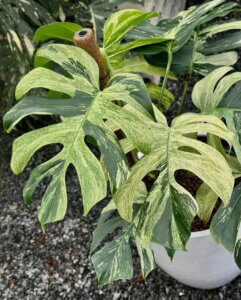
1. Faster Growth Rates
One of the most significant advantages of semi-hydroponics is the accelerated growth rate.
Monsteras in semi-hydroponic systems often grow faster than their soil-grown counterparts due to better access to nutrients and a more controlled environment.
2. Easier Maintenance and Care
Semi-hydroponics simplifies the maintenance routine.
Watering becomes less frequent and more straightforward, and there’s no soil to deal with, which means less mess and fewer pests.
3. Health Benefits of Growing Monstera Indoors
Apart from their aesthetic appeal, Monsteras are known for their air-purifying qualities. They help remove toxins from the air, contributing to a healthier indoor environment.
Growing them in a semi-hydroponic system ensures robust growth, enhancing their air-purifying capabilities.
Conclusion
Growing Monstera in a semi-hydroponic system is not just a trend; it’s a practical, efficient, and rewarding way to cultivate these stunning plants.
Whether you’re a seasoned plant enthusiast or a beginner, the semi-hydroponic method offers a unique opportunity to watch your Monstera thrive with minimal fuss.
With the right setup, care, and a bit of patience, you’ll enjoy the lush, vibrant growth of your Monstera, making it a delightful addition to your indoor garden.

